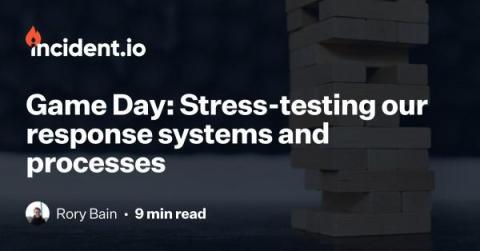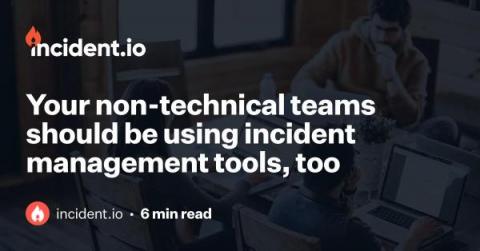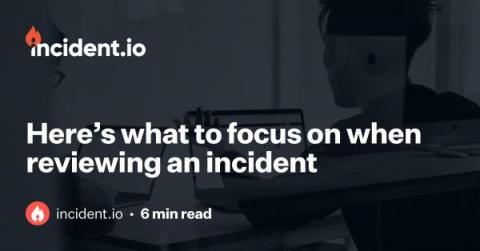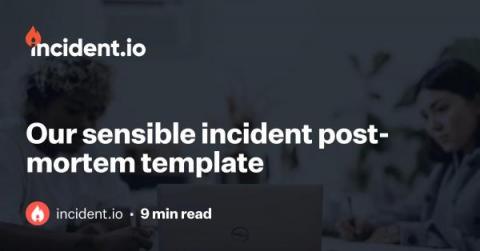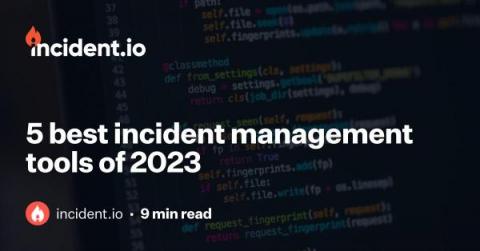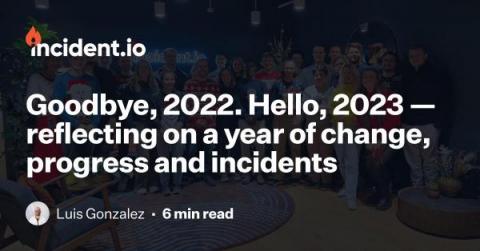Game Day: Stress-testing our response systems and processes
At incident.io, we deal with small incidents all the time—we auto-create them from PagerDuty on every new error, so we get several of these a day. As a team, we’ve mastered tackling these small incidents since we practice responding to them so often. However, like most companies, we’re less familiar with larger and more severe incidents—like the kind that affect our whole product, or a part of our infrastructure such as our database, or event handling.


